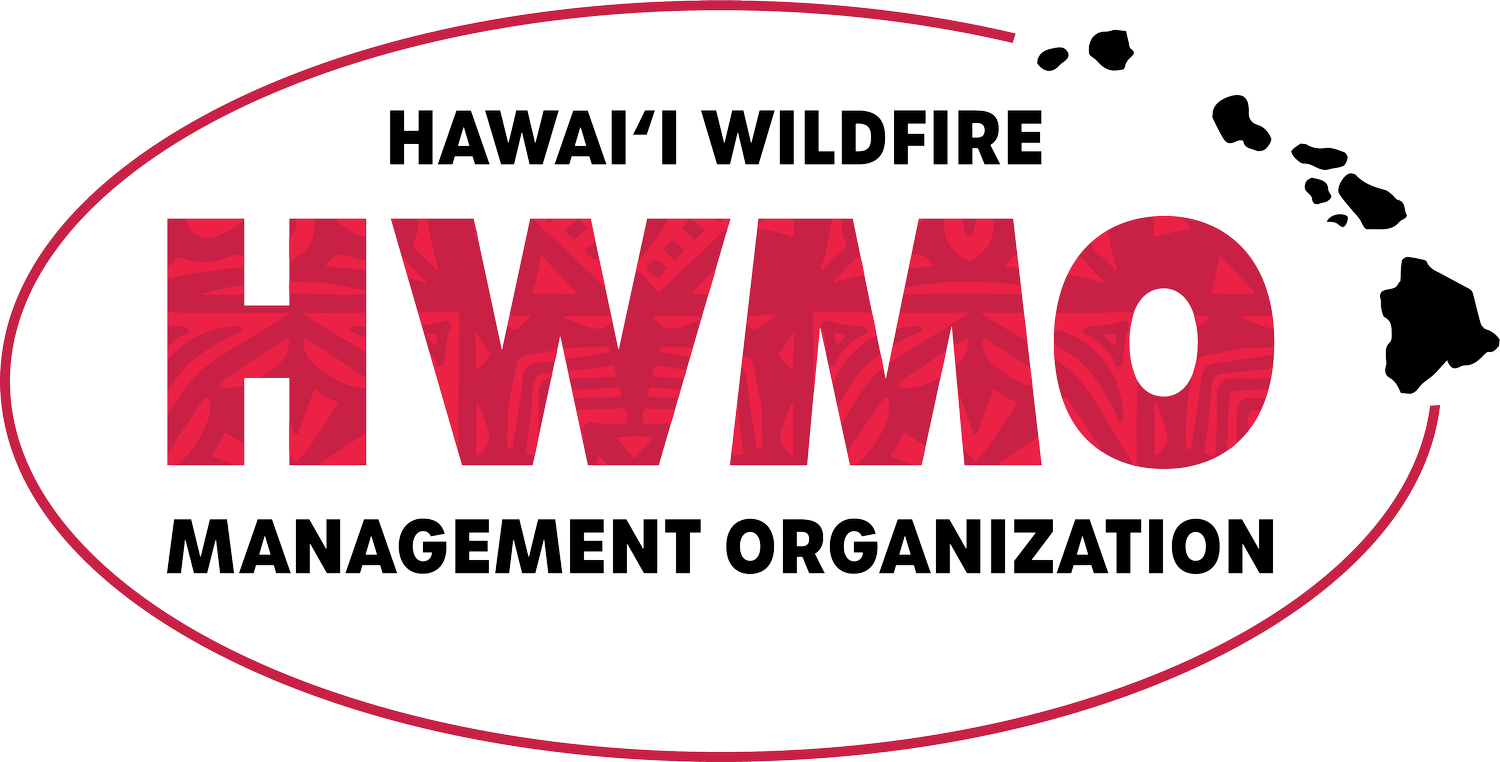Firefighters are traveling from around the world to fight the now largest wildfire in Washington's history (an area larger than New York City). They're using various tactics including prescribed fire and fuelbreak creation to fight the fire that has claimed the lives of three firefighters and injured four.
One resident explained as she watched flames come closer to her home: "I don't want any firemen dying to save this house. It's not worth anybody's life."
Mahalo to all those firefighters who are putting their lives on the line and working together as a multi-agency, multi-nation effort.
"About 1,250 people are battling the wildfire, Pachota said, adding that help was continuing to "trickle in." About 70 firefighters from Australia and New Zealand have arrived in Boise, Idaho, and are scheduled to receive protective gear before heading out to fight fires burning all over the West."
"We do continue to make progress, but with these fires, the only way to deal with them is like eating an elephant — one bite at a time," Pechota said.

















